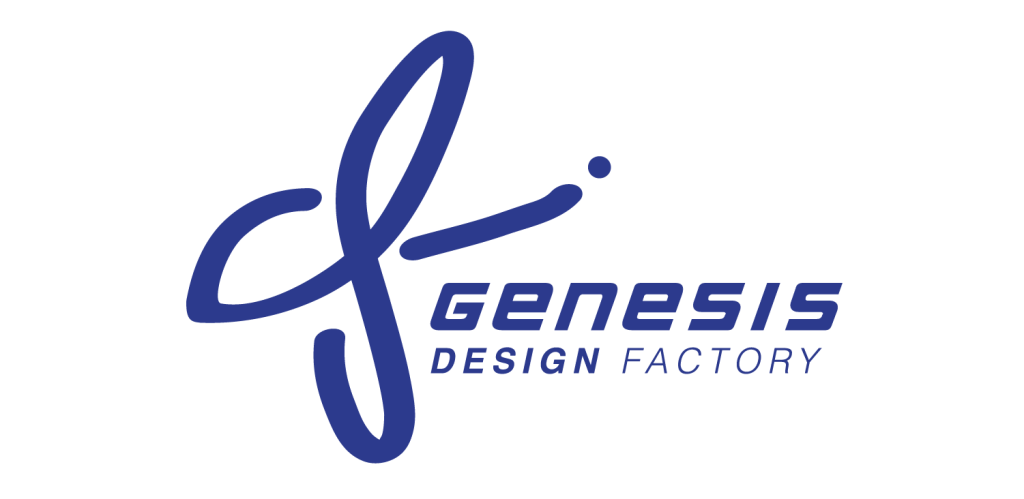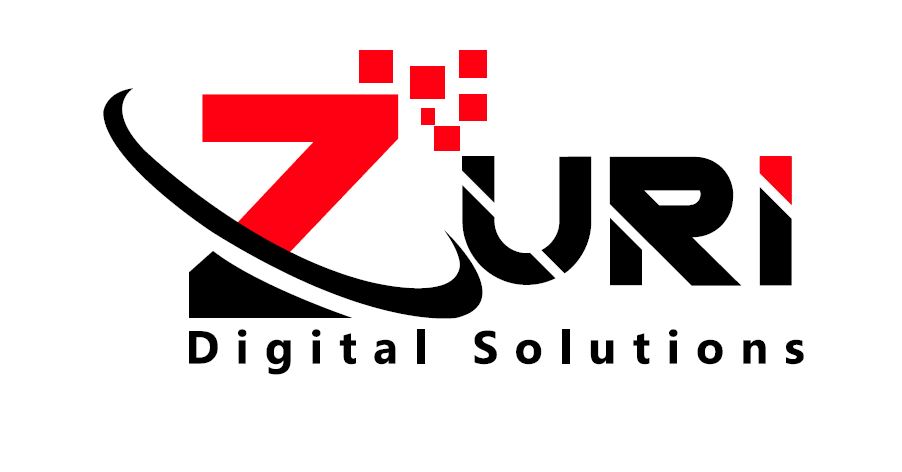The Psychology of Employee Motivation: Understanding Intrinsic and Extrinsic Factors
The driving force behind a thriving and productive workforce lies in employee motivation. Most employers want a scenario where every team member is not just present but passionately engaged with their tasks, consistently delivering exceptional results. For some companies, this scenario is a reality that results from a well-understood and effectively nurtured aspect of human psychology: motivation.
Motivation influences employee performance, satisfaction, and overall job fulfillment. But as the changing workplace proves, motivation is not a one-size-fits-all equation. It is multifaceted and driven by various internal and external factors.
While it would be good to explore all these factors, the information below sheds light on two fundamental categories: intrinsic and extrinsic motivation. But first, here’s why employee motivation is beneficial to the company:
The Importance of Employee Motivation in the workplace
- Job satisfaction. Proper motivation helps employees accomplish more, thus giving them a sense of fulfillment from their work. It contributes to overall job satisfaction and reduces the chance of developing burnout.
- Enhanced performance and productivity. Motivated employees are engaged and committed to their roles. They are more present and focused, often enhancing performance and productivity.
- Lower turnover rates Employees who feel motivated are likelier to remain loyal to the organization, so the organization should see better retention rates.
- Positive work culture. Motivation spreads, so when a few employees feel motivated, it can create a ripple effect.
- Adaptability. Motivated employees are more resilient to challenges. They view them as opportunities to grow rather than obstacles.
- Innovation. Employees driven by personal interests and passions are likelier to think outside the box, explore other opinions, and experiment with different approaches.
The Concept of Intrinsic and Extrinsic Motivation
One of the ways psychologists propose understanding motivation is by examining whether motivation comes from the inside or outside, thus the concept of intrinsic and extrinsic motivation.
Each type has a different effect on a person’s behavior, which is why more employers are looking into understanding the two concepts and incorporating them into work processes. Explore these concepts in detail below.
What is Intrinsic Motivation? The Power Within
Intrinsic motivation is the motivation to engage in something because of the inherent satisfaction of the activity instead of the desire for reward or a specific outcome. In other words, it is when a person is motivated by personal satisfaction or joy, not external factors.
For example, when a person eats their favorite food, their motivation is to enjoy the pleasure of eating the food, not an external reward. So, the motivation lies in the enjoyment of the activity.
Intrinsic Motivation Factors
Various factors promote intrinsic motivation among employees, including the following:
- Challenge. Obstacles can help employees work continuously and optimally towards meaningful goals.
- Curiosity. Curiosity can push employees to learn and explore for the pleasure of mastering and growing.
- Cooperation. Some employees feel personal satisfaction from working with others and achieving a common goal.
- Control. The natural need to control what happens can be enough motivation for some employees.
- Competition. Some employees find motivation in a competitive setting.
How Employees Can Practice Better Intrinsic Motivation
- Employees can picture a time they felt accomplished or proud and then channel those feelings into their tasks or work.
- Helping fellow workers can also help motivate some employees. Employees should, therefore, participate in teamwork or collaboration projects at work.
- Employees can look for fun in work tasks or find ways to make activities more engaging for themselves.
- Participate in competitions at work, focusing on performance and camaraderie rather than winning.
What is Extrinsic Motivation? Beyond the Basic Rewards
Extrinsic motivation uses rewards or punishments to increase or decrease the frequency of certain behaviors. It is based on external factors, such as money. For example, workers receiving payment for work is a form of extrinsic motivation.
However, extrinsic motivation does not always have a tangible reward. It can be abstract compensation such as fame, public recognition, or praise. For example, team leaders or employers run an ‘employee of the month,’ which offers public praise.
Extrinsic Motivation Factors
- Monetary rewards. Salaries, bonuses, raises, commissions, and other forms of financial compensation provide employees with a clear incentive to perform well and achieve their goals.
- Praise and recognition e need for validation and recognition motivates employees to work harder, so public praise and awards can increase their sense of accomplishment and self-esteem
- Career advancement. The promise of career growth can be a strong motivator for some employees. The hopes of increased responsibilities and higher positions of power encourage the employee to work harder.
- Avoiding punishment. Some employees respond to the fear of negative consequences such as reprimand, demotion, or job termination.
- Special opportunities. Special projects, unique leadership roles, preferred picks at projects, and access to challenging assignments can be enough to motivate employees.
How Employees Can Practice Better Extrinsic Motivation
- Setting clear goals Employees should start by creating SMART goals to give them a sense of purpose and direction and align efforts with outcomes.
- Embrace continuous learning. Employees can show dedication to professional and personal growth by attending training sessions, participating in workshops, and competing in online courses.
- Request feedback. Requesting feedback gives employees insight into areas of improvement so they can refine their skills.
- Network. Employees should create strong relationships with supervisors, colleagues, and mentors for more insights and opportunities.
How Leadership and Management Can Motivate Employees
Management and people in leadership have a key role in motivating employees. Employers should first recognize that employees respond to different types of motivation.
Narrowing it down and treating each employee individually is key to finding the right motivation tactic. In addition, they must find balance in motivating employees.
Fostering Intrinsic Motivation
- Meaningful work. Employers should connect employees’ tasks to the ultimate goal of the organization. It helps them see how their contributions impact the organization and others, creating a sense of fulfillment.
- Autonomy and ownership Letting employees make decisions and take ownership fosters a sense of responsibility and personal investment in their work.
- Skill development. Employers should provide skill-development opportunities to promote growth and achievement.
Leveraging Extrinsic Motivation
- Rewards and recognitions Employers should implement robust rewards and recognition programs that acknowledge exceptional performance.
- Clear goals. Team leaders should establish clear and achievable goals for employees as a roadmap for success.
- Career advancement. Employers should offer new responsibilities and opportunities for growth to help employees work towards their professional goals.
Final Observation
Understanding and harnessing the dual forces of intrinsic and extrinsic motivation are imperative strategies for cultivating an engaged, passionate, and high-performing workforce.
By actively engaging in open dialogue with employees, employers can unravel the nuances of what drives them. It helps tailor motivation strategies that are ultimately rewarding for the employees and the company.


























1 Comment
[…] a result, people will feel valued, accepted, motivated, and respected, thus making it easy to engage with each other, which is essential for overall […]
Comments are closed.